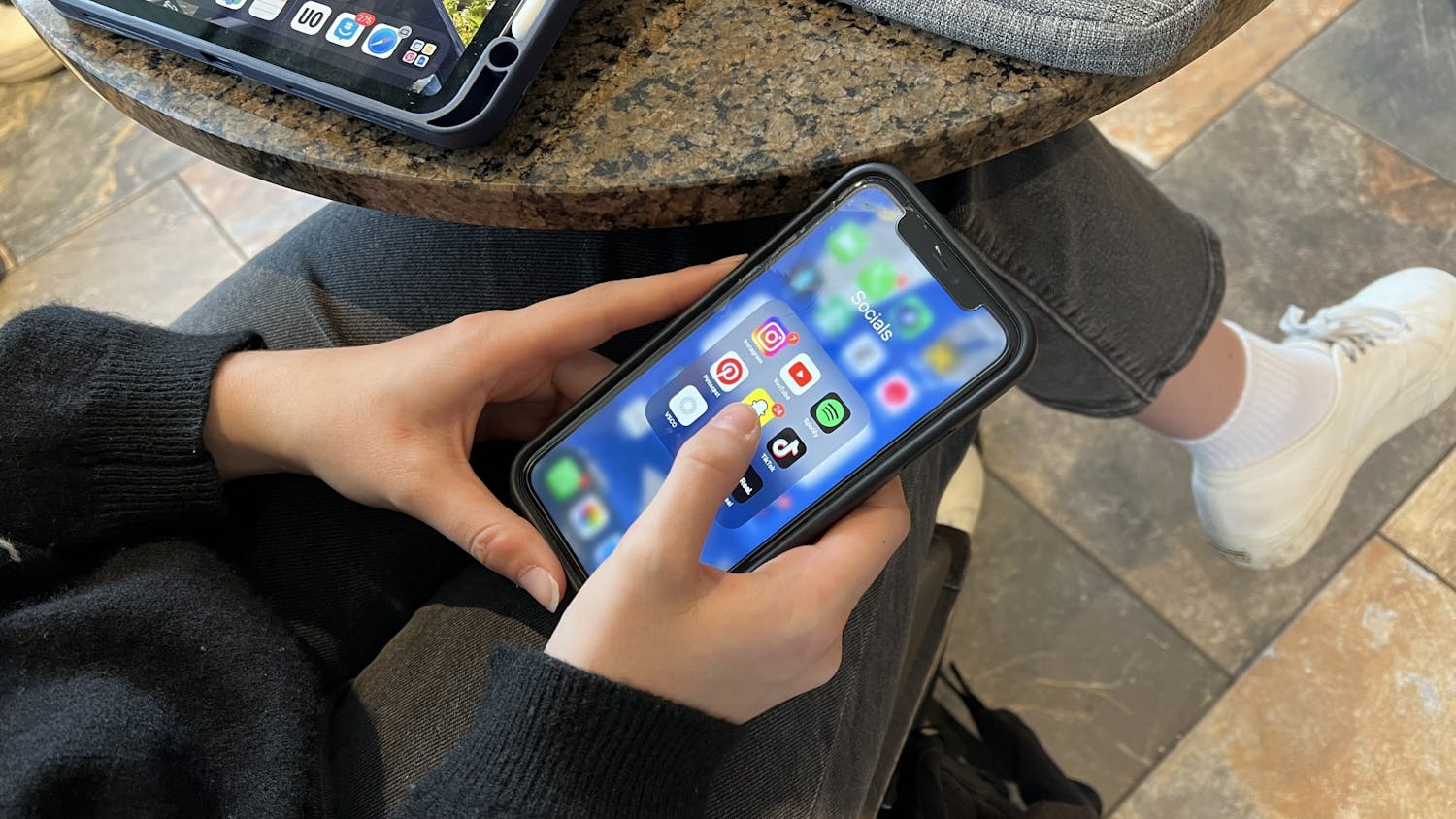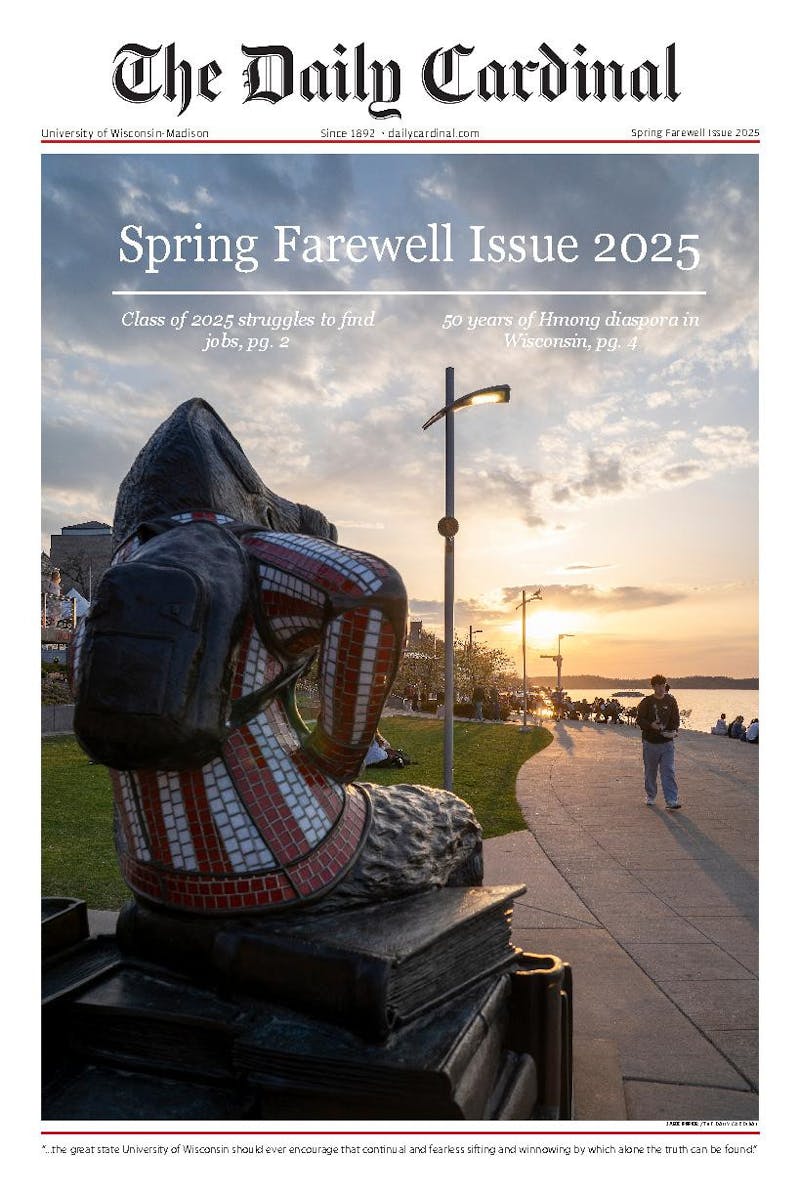The dream of a \green"" building at UW-Madison became a reality last Friday, when students and professors from the Gaylord Nelson Environmental Program Building Project convened in Memorial Union to propose what would be UW-Madison's first environmentally conscious building.
The project is a combined effort of students and instructors from the UW-Madison Landscape Architecture program and Interior Design Studio, as well as students from the UW-Milwaukee Architecture Department.
The proposed building would be constructed on the corner of Charter and Linden, taking the location of either Van Hise Hall or the Medical Sciences laboratories.
UW-Madison Chairperson of Urban and Regional Planning James Lagro said the building would be the first of its kind in the Midwest.
He said when his students were constructing potential building designs he told them to consider adapting qualities from famous environmentally-conscious constructions, such as the Oakland Museum of California and the McCormick Tribune Plaza in Chicago.
Desirable qualities from these buildings incorporated into the UW-Madison building would include low-impact construction, the use of recycled and indigenous materials, controlled erosion and a living machine, essentially a engineered wetland.
UW-Milwaukee Architecture Professor Jim Wasley stressed the necessity for environmentally conscious buildings in a society where 54 percent of our energy goes toward large buildings and their construction.
""It's not just about technology-it's about creating a space for people to come together and share ideas,"" he said.
Francis Nelson, President of the Gaylord Nelson Institute, said certain forms of building, such as the proposed ""green"" building, increase creativity and encourage thinking.
UW-Madison interior design students achieved this desired environment with various potential designs that focus on the concept of the circle of life.
UW-Madison Environmental Textile and Design Professor Mark Nelson said his students strove to bring nature into the building both conceptually and literally.
""If I had to go to this building every day, I'd want to sit in this lobby,"" he said.
Design ideas included a computer lab with a garden inside and furniture that reuses materials such as tires.
Other environmentally-conscious features of the building would include a system that purifies rainfall running off the roof and an electric vehicle recharging station to promote the use of environmentally-friendly cars.
Members of the building project said the design will stimulate change needed in social systems by the living example how to effectively recycle a building locale.
The Gaylord Nelson Institute is on a list of potential occupiers for the site and will now proceed to fundraise so a ""green"" building will can be a part of UW-Madison's campus.





